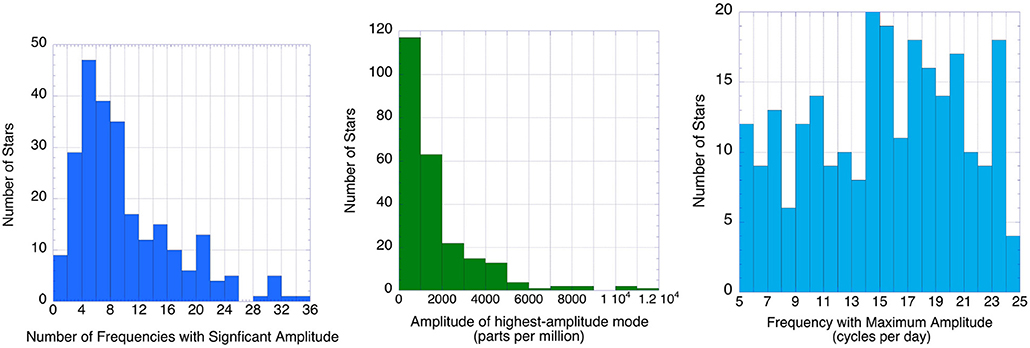

In contrast, in 508 counties, accounting for 3 percent of Medicare beneficiaries, no more than 10 percent of beneficiaries are enrolled in Medicare private plans many of these low penetration counties are in rural parts of the country. Many of these counties are centered around large, urban areas, such as Monroe County, NY (69%), which includes Rochester, and Allegheny County, PA (63%), which includes Pittsburgh. In 117 counties, accounting for 5 percent of the Medicare population, more than 60% of all Medicare beneficiaries are enrolled in Medicare Advantage plans or cost plans. For example, in Florida, 71 percent of all beneficiaries living in Miami-Dade County are enrolled in Medicare Advantage plans compared to only 14 percent of beneficiaries living in Monroe County (Key West). Within states, Medicare Advantage penetration varies widely across counties. The share of Medicare beneficiaries in Medicare Advantage plans varies across counties from less than 1% to more than 70% As a result, some hospitals and other health care entities may be reimbursed less that they would if the allocation of funds took into account payments received on behalf of Medicare Advantage enrollees.

Hospitals in states with higher shares of Medicare Advantage enrollees may have lower FFS reimbursement overall. The Centers for Medicare and Medicaid Services (CMS) has recently made $30 billion of these funds available to health care providers based on their share of total Medicare fee-for-service (FFS) reimbursements in 2019, resulting in higher payments to hospitals in some states than in others. Historically, the majority of Medicare private health plan enrollment in Minnesota has been in cost plans, rather than risk-based Medicare Advantage plans, but as of 2019, most cost plans in Minnesota are no longer offered and have been replaced with risk-based HMOs and PPOs.Ĭhanges for 2020 due to COVID-19: The COVID-19 stimulus package, the Coronavirus Aid, Relief, and Economic Security (CARES) Act, includes $100 billion in new funds for hospitals and other health care entities. Medicare Advantage enrollment is relatively low (20 percent or lower) in nine states, including two mostly rural states where it is virtually non-existent (AK and WY). More than 40 percent of Medicare beneficiaries are enrolled in Medicare Advantage plans in nineteen states (FL, MN, HI, OR, WI, MI, AL, CT, PA, CA, CO, NY, OH, AZ, GA, TN, RI, TX, LA) and Puerto Rico. The share of Medicare beneficiaries in Medicare Advantage plans (including Medicare cost plans), varies across the country. The share of Medicare beneficiaries in Medicare Advantage plans, by State, ranges from 1% to over 40% Group enrollees comprise a disproportionately large share of Medicare Advantage enrollees in nine states: Alaska (100%), Michigan (49%), West Virginia (44%), New Jersey (40%), Wyoming (36%), Illinois (35%), Maryland (35%), Kentucky (34%), and Delaware (31%). The employer or union (and sometimes the retiree) may also pay a premium for additional benefits or lower cost-sharing. Under these arrangements, employers or unions contract with an insurer and Medicare pays the insurer a fixed amount per enrollee to provide benefits covered by Medicare. Nearly one in five Medicare Advantage enrollees (19%) are in group plans offered by employers and unions for their retirees in 2020, roughly the same share since 2014.

Please see methods section for more information. These changes affected the share of Medicare beneficiaries enrolled in Medicare Advantage, as well as Medicare Advantage penetration by state and county. This analysis has been updated to reflect changes in methodology in how KFF calculates the total number of Medicare beneficiaries. The Congressional Budget Office (CBO) projects that the share of all Medicare beneficiaries enrolled in Medicare Advantage plans will rise to about 51 percent by 2030. Between 20, total Medicare Advantage enrollment grew by about 2.1 million beneficiaries, or 9 percent – nearly the same growth rate as the prior year. In 2020, nearly four in ten (39%) of all Medicare beneficiaries – 24.1 million people out of 62.0 million Medicare beneficiaries overall – are enrolled in Medicare Advantage plans this rate has steadily increased over time since the early 2000s. Figure 1: Total Medicare Advantage Enrollment, 1999-2020


 0 kommentar(er)
0 kommentar(er)
